
Jet fighter Bell P59 4422625 in flight World War Photos
The Bell P-59 Airacomet has a unique place in U.S. aviation history as America's first jet fighter, although it never saw combat. The P-59 took its maiden flight on October 1, 1942. It was the fruition of a project that initiated when General Henry "Hap" Arnold, the Deputy Chief of Staff for Air, visited Great Britain in April 1941 for a.
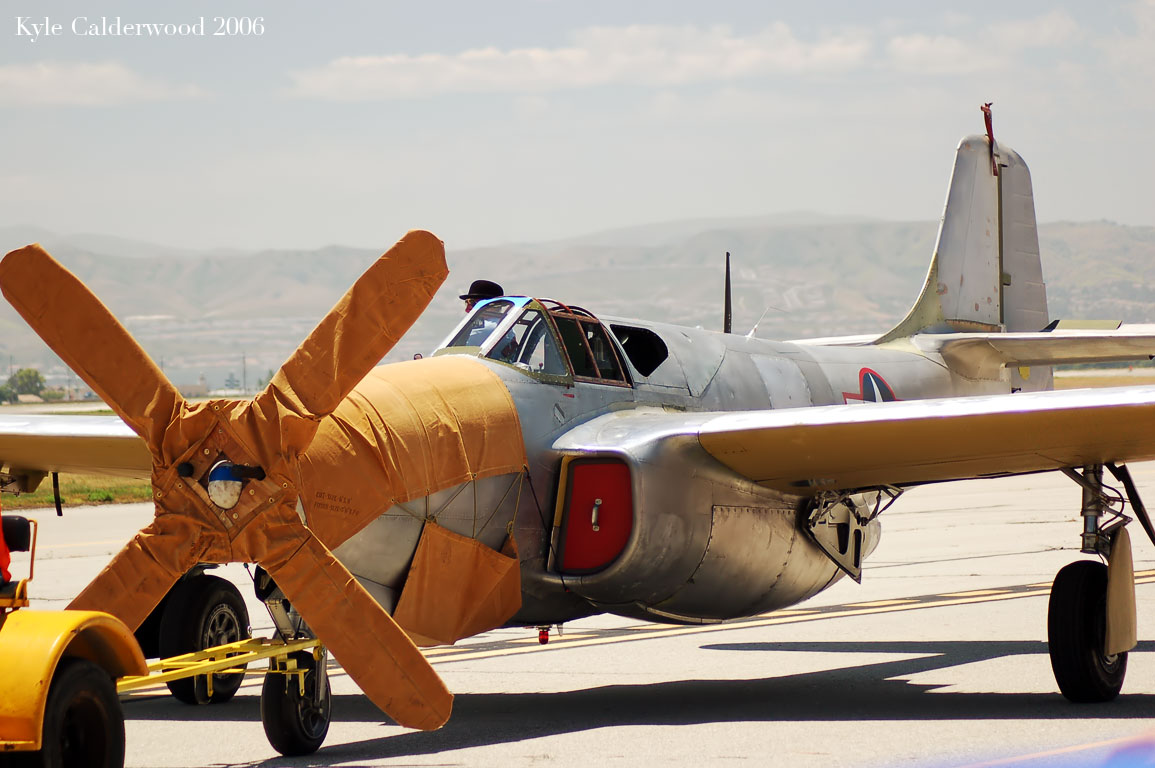
P59 01 by Photobeast on DeviantArt
Bell P-59 Airacomet. The Bell P-59 Airacomet was the first USA jet fighter aircraft built during World War II. The performance was not spectacular, but it did establish a new unofficial altitude record of 47,600 feet. Unsuitable as a fighter, it was relegated to the training role and paved the way for the first American operational jet fighter.
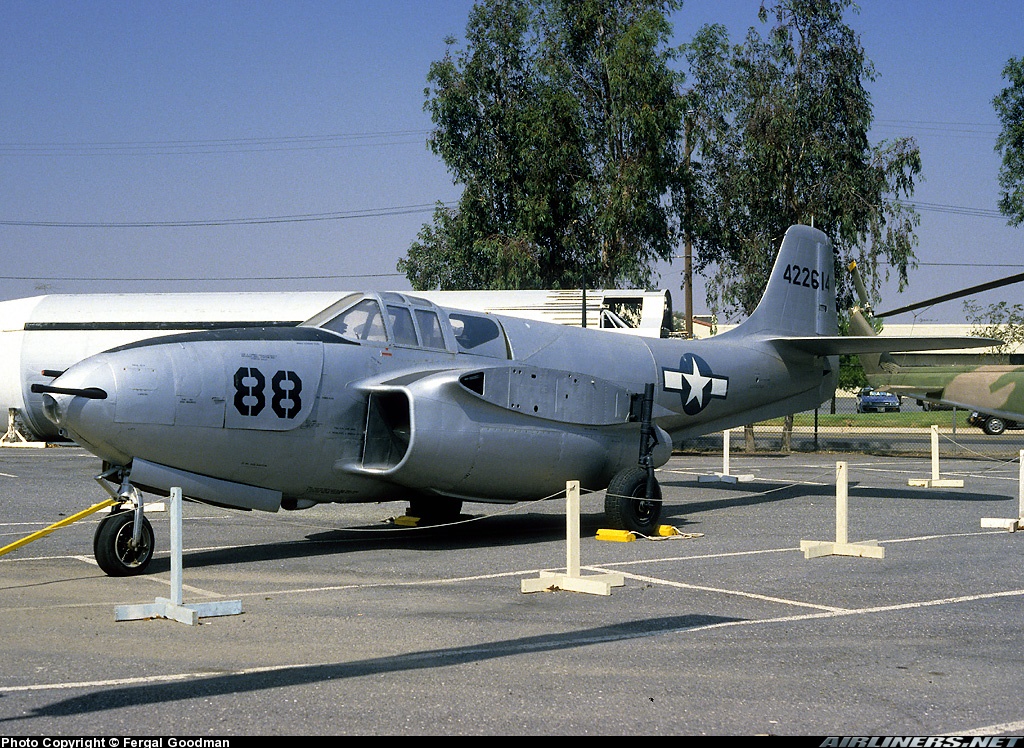
Bell P59A USA Air Force Aviation Photo 0815105
The Bell P-59 Airacomet was the first American jet fighter aircraft, designed and built by Bell Aircraft during World War II. The United States Army Air Force was not impressed by its performance and cancelled the contract when fewer than half of the aircraft ordered had been produced. Although no P-59s went into combat, it paved the way for another design generation of U.S. turbojet-powered.
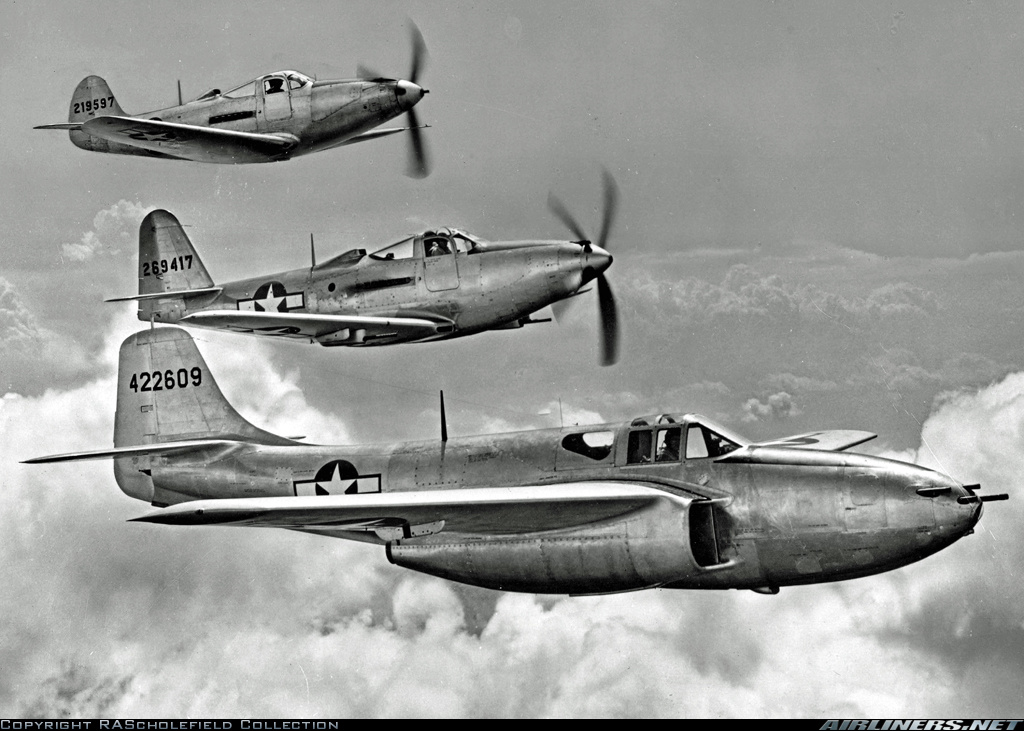
Bell P59A USA Air Force Aviation Photo 2150788
In the end, 66 Airacomets were built including 3 XP-59A, 13 YP-59A, 20 P-59A, and 30 P-59B. The Airacomet never saw front line use, but it was in service as a trainer until the next generation of jet aircraft was available shortly after WWII ended. The Airacomet was not well known by the public, and it rapidly faded from memory.
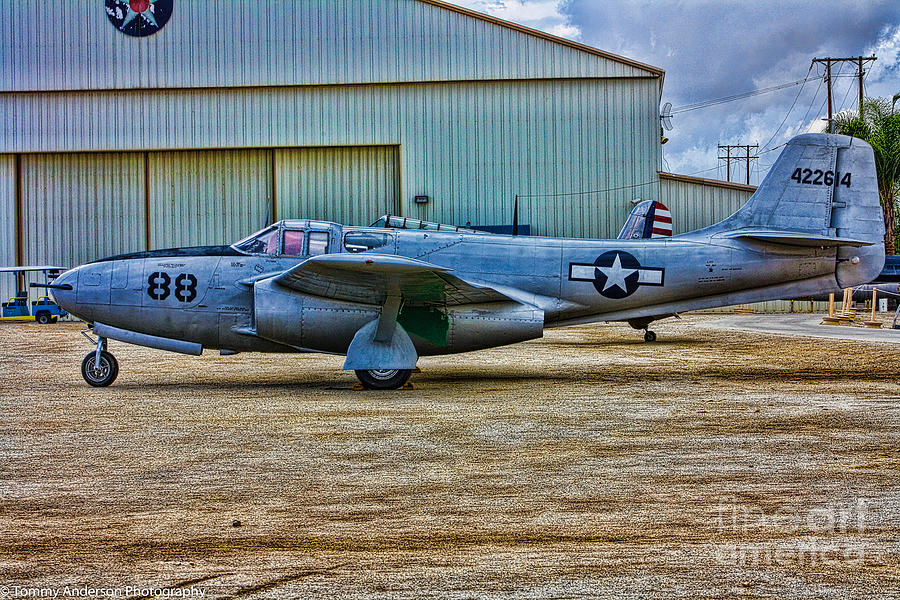
Bell P59 Photograph by Tommy Anderson Pixels
The P-59Bs were assigned to the 412th Fighter Group to familiarize AAF pilots with the handling and performance characteristics of jet aircraft. The P-59 aircraft could fly at a maximum speed of 658 kph (409 mph) at 10,640 m (35,000 ft). America's first XP-59A, AAF serial number 42-108784, is preserved at the National Air and Space Museum.

Bell P59B USAAF Singleseat Jet Fighter
Bell P-59 Airacomet. The Airacomet was the first American-designed and built turbojet fighter. It first flew in prototype form on 1 October 1942. One later aircraft was subsequently exchanged for a British Gloster Meteor I fighter so that comparisons could be made between the types. Indeed the Airacomet's engines were developed from the British.
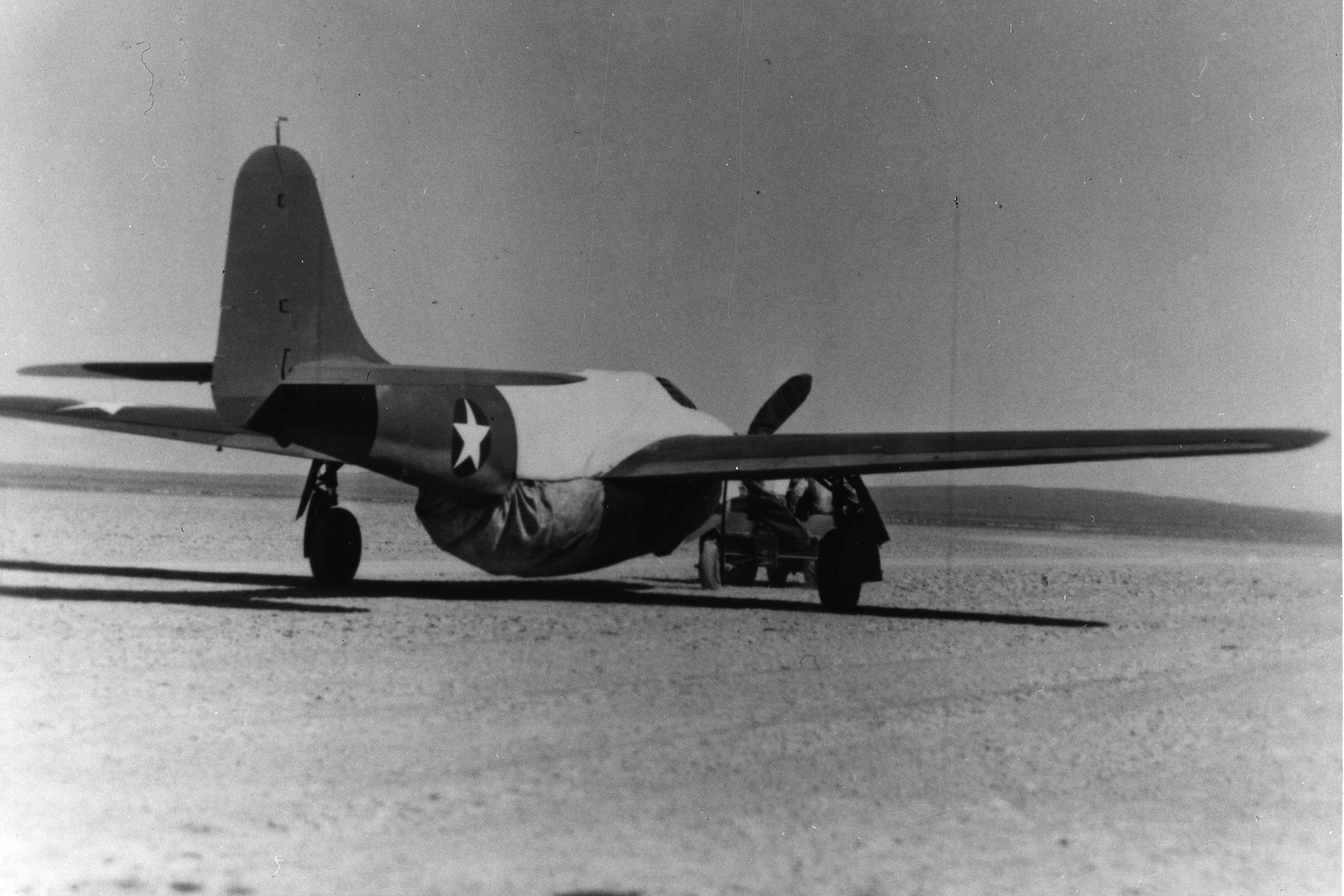
Bell P59B > National Museum of the US Air Force™ > Display
The order for Bell to cease production on their P-59 was handed down on October 10th, 1944 - which would have resulted in just 39 production aircraft. Bell pushed for, and won, an argument to continue production into the 50th example resulting in batches of twenty P-59A models and thirty P-59B models being completed before August of 1945.
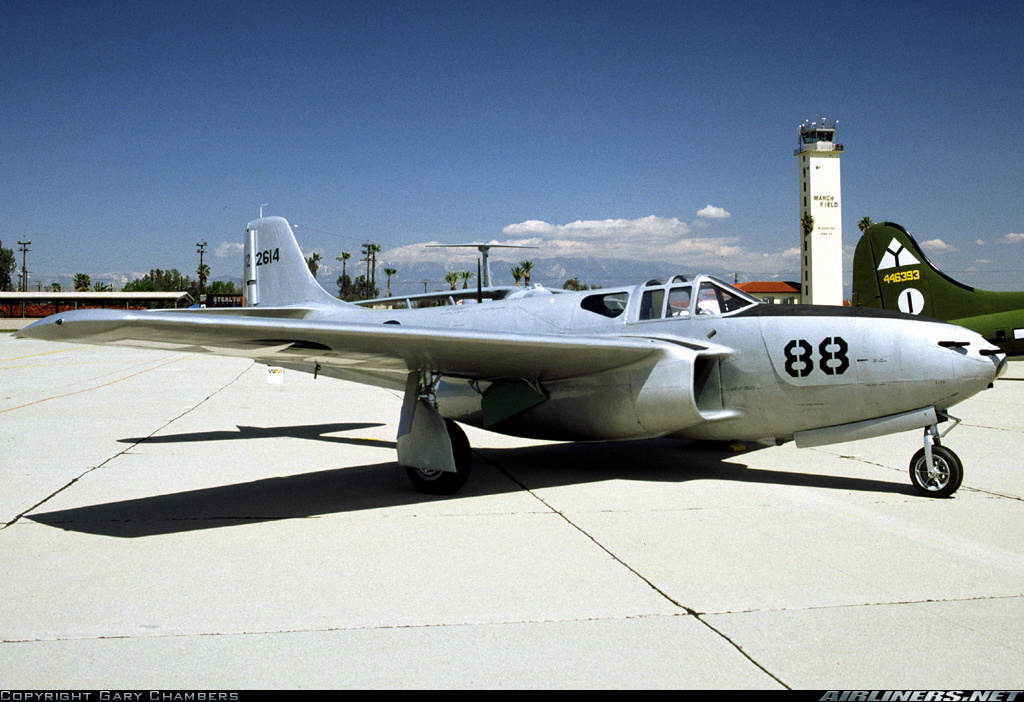
Bell P59A USA Air Force Aviation Photo 1506512
Bell P-59 Airacomet Survivors (Download a higher resolution picture by clicking on any picture below.) The Bell P-59 Airacomet was the first jet fighter to be put into production in the United States. Sixty-six were built. Six Airacomets survive. YP-59A 42-108777. YP-59A 42-108777 is being restored to airworthy condition at Chino.
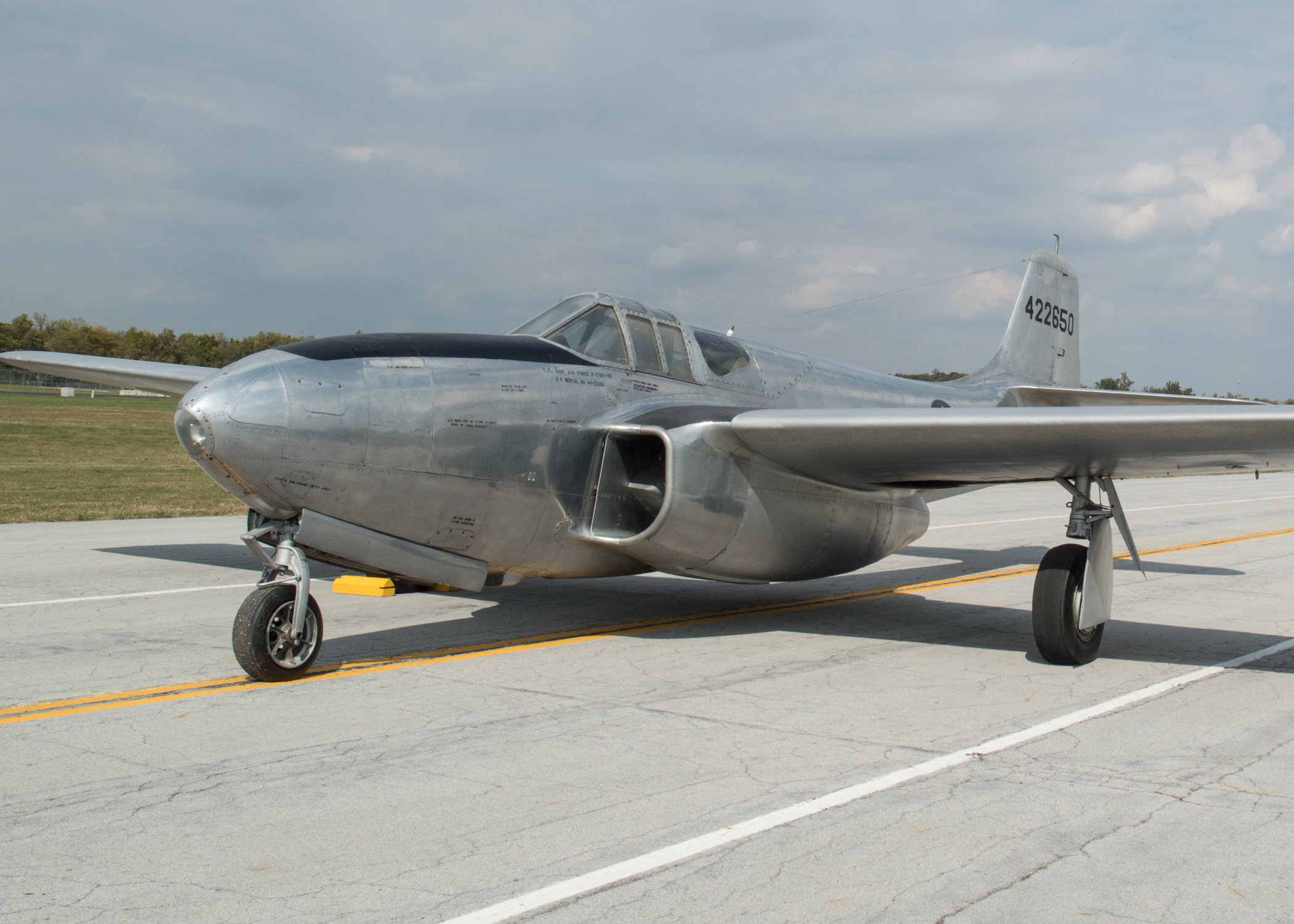
Bell P59B > National Museum of the US Air Force™ > Display
Subscribe to Dark Skies: https://bit.ly/dark5skiesWith World War 2 underway in 1939, the United States Army Air Corps began fielding reports from Germany and.
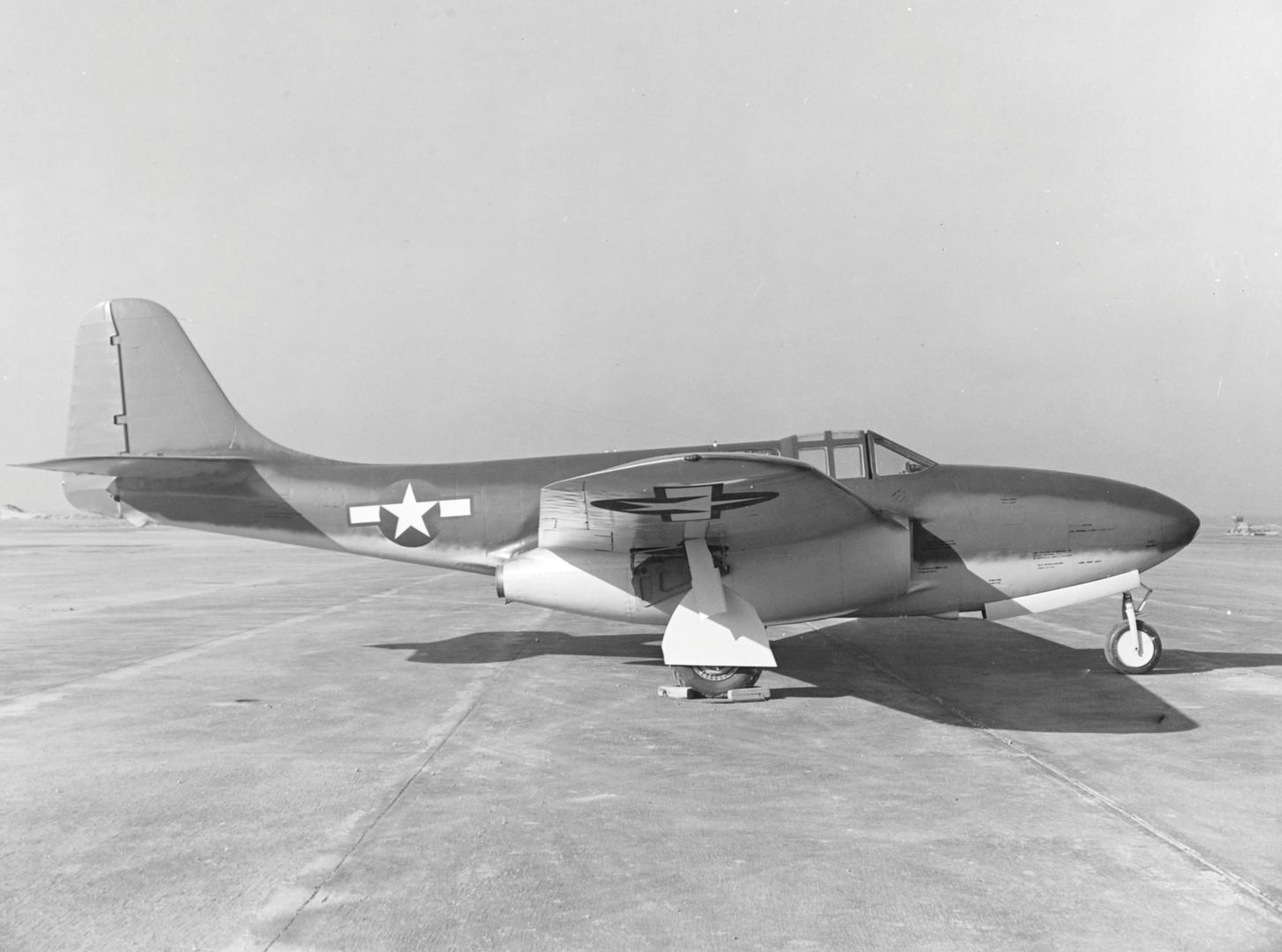
Bell P59 at the Naval Air Test Center Patuxent River Maryland USA on 26 January 1944
The Bell P-59 Airacomet was the first American jet-powered airplane in the United States. It was a top secret project that wasn't announced to the general public until 1943 and only after it had completed one-hundred flights. However, even before the Airacomet made it onto the drawing board, Europe already had its own jet programs well underway.

Bell P59A USA Air Force Aviation Photo 1591077
U.S.A.A.F. RESOURCE CENTER > FIGHTERS > PREVIOUS PAGE. BELL P-59 AIRACOMET. The Airacomet was developed around the British Whittle Engine, Americanized and manufactured by General Electric (initial I-A produced 1,100 lbs. (500 kg) of thrust). Flight developement went smoothly and deliveries of 12 YP-59As for service trials were delivered in 1944.

Bell P59A USAAF Singleseat Jet Fighter
P-59 Airacomet. The introduction of jet power in the P-59 represented a paradigm shift in propulsion technology. The absence of a propeller and the remarkable concept of thrust generated by expelling a high-speed jet of gases astounded many. The Airacomet was powered initially by a single General Electric I-A engine, an American-built version.
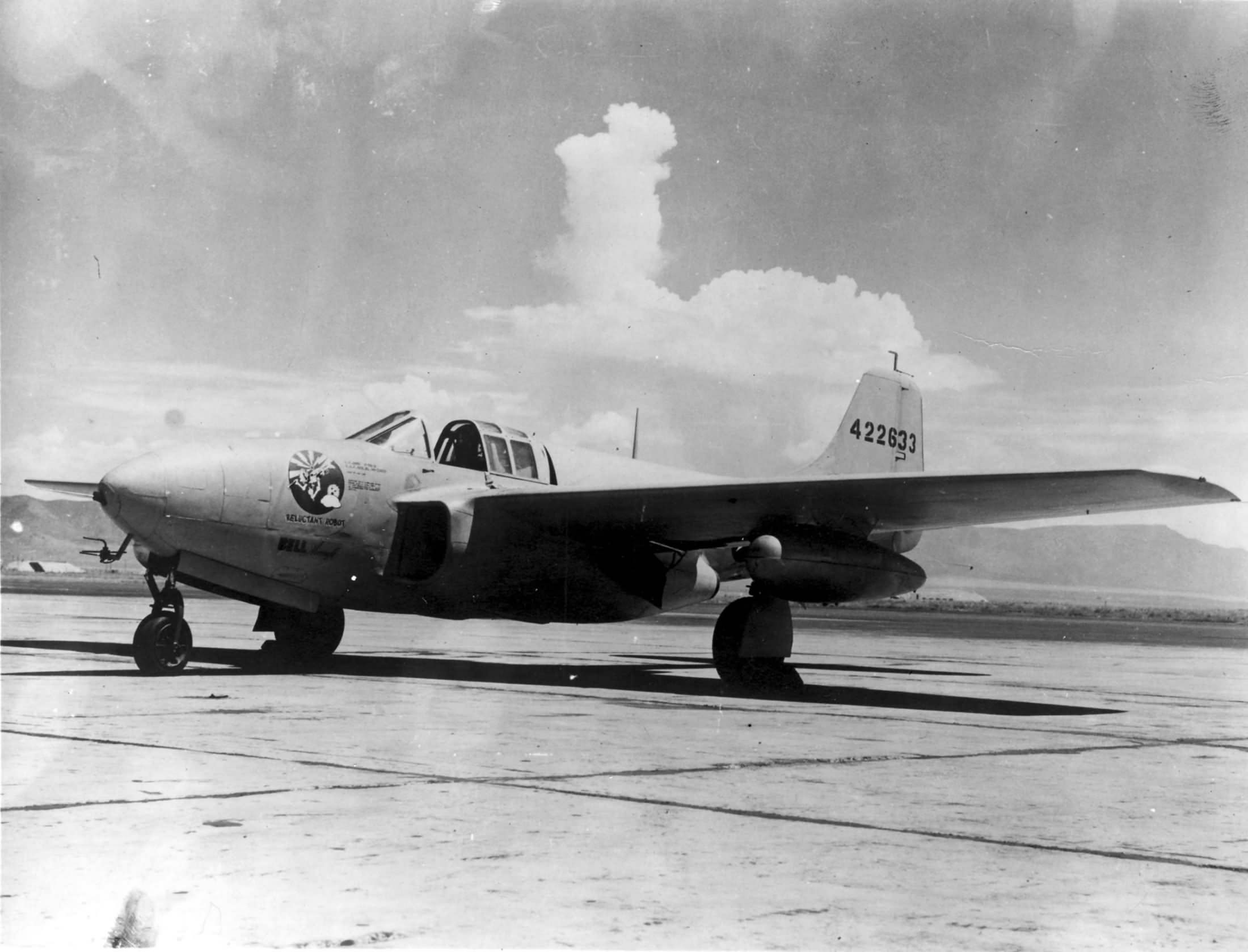
P59B 4222633 named "Reluctant Robot" World War Photos
The Bell P-59 Airacomet was a single-seat, twin jet-engine fighter aircraft that was designed and built by Bell Aircraft during World War II.It was the first jet produced in the United States. As the British were further along in jet engine development, they donated an engine for the United States to copy in 1941 that became the basis for the General Electric J31 jet engine used by the P-59 a.
Bell P59 (United States Jet Fighter) First jet fighter produced in the US, 66 were
Cragie became the first American military aviator to fly a jet. (Mike Machat Illustration) Although the Bell P-59 Airacomet was the United States' first jet airplane, it had been preceded by five others—all made in Europe. There was the German Heinkel He-178, which made its first test flight on August 24, 1939.

P59A 4422610 Smoky Stover Alaska World War Photos
The Bell P-59 Airacomet was the first U.S. jet-propelled fighter. Although it flew in World War II, the P-59 was not flown in combat as were early British and German jet fighter aircraft. U.S. Naval Institute Photo Archive. The P-59s were useful as test vehicles and jet trainers. A few later were modified as drone controllers, with a second.
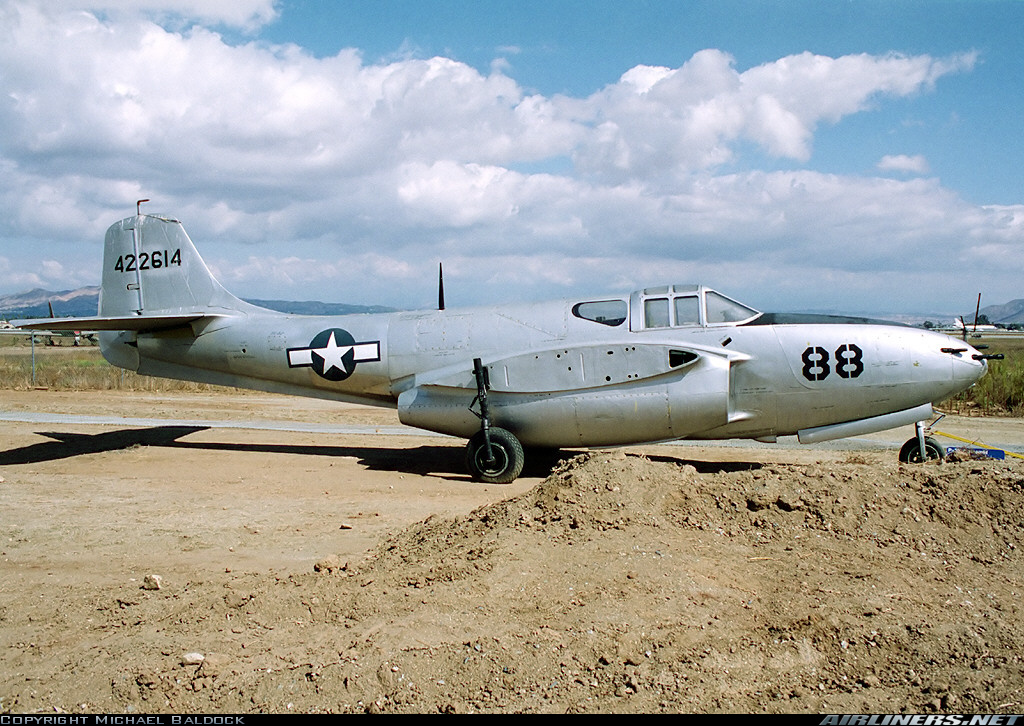
Bell P59A USA Air Force Aviation Photo 1020120
The Bell P-59 Airacomet made her maiden flight - in the XP-59A prototype iteration - on October 2, 1942, with chief test pilot Robert M. Stanley (1912-1977) at the controls.